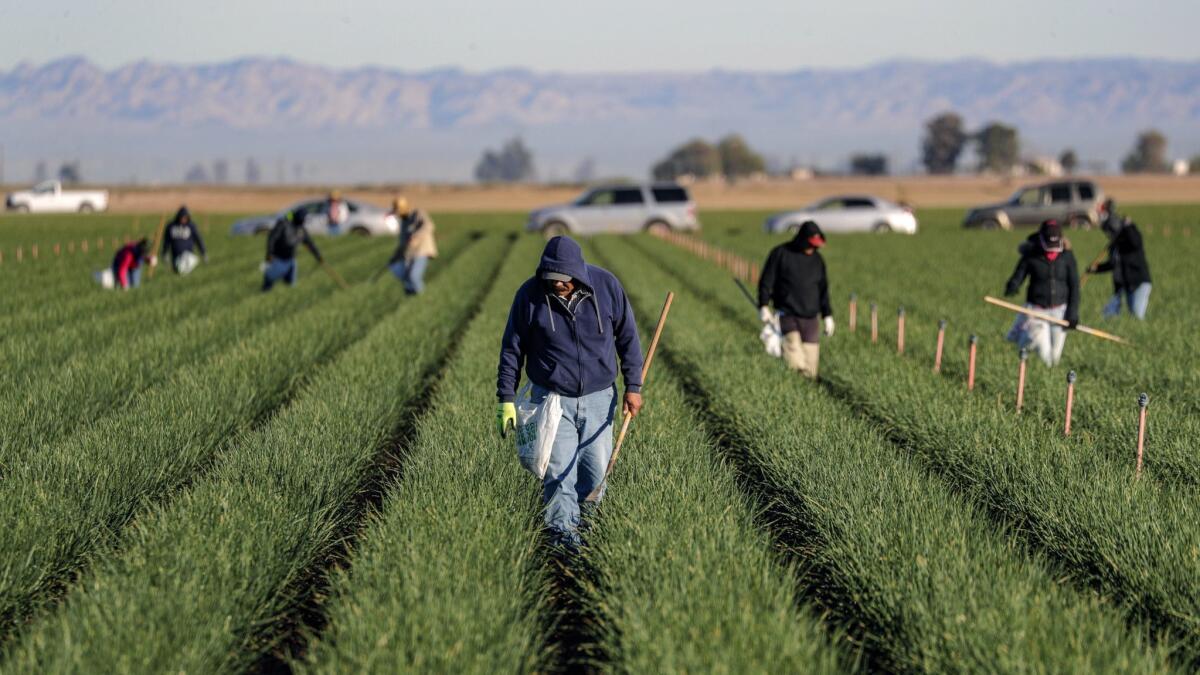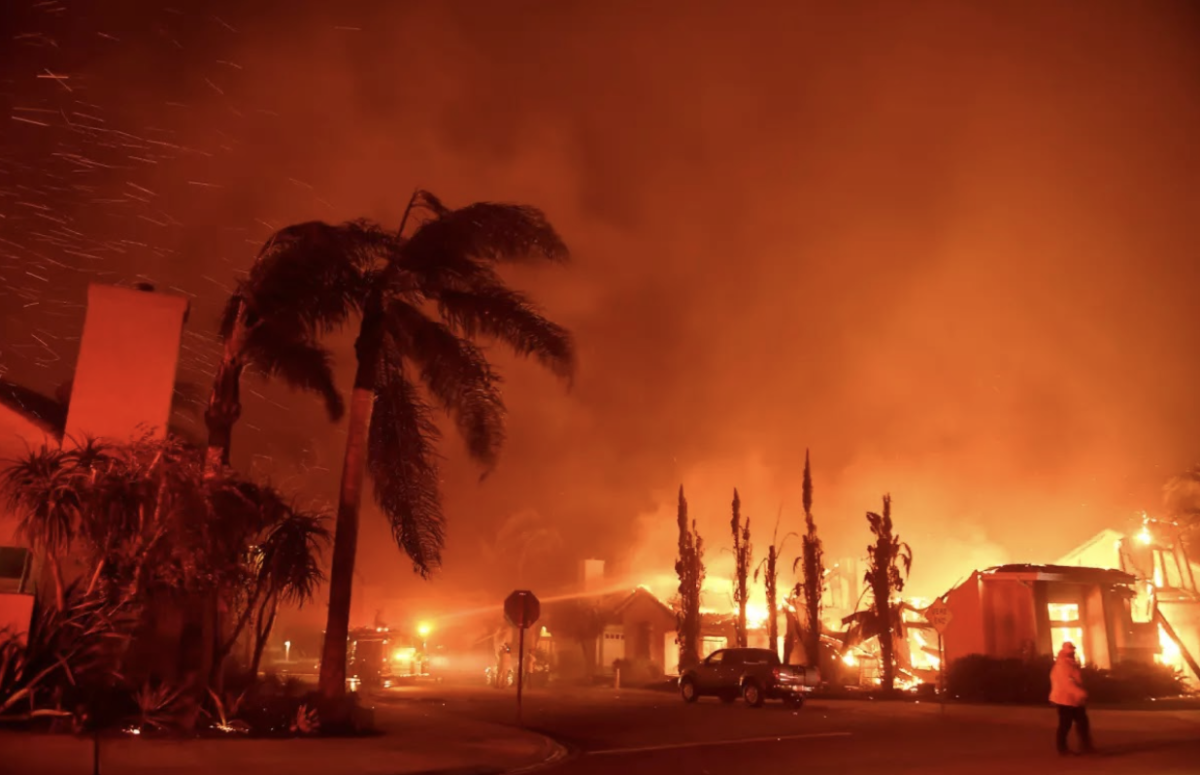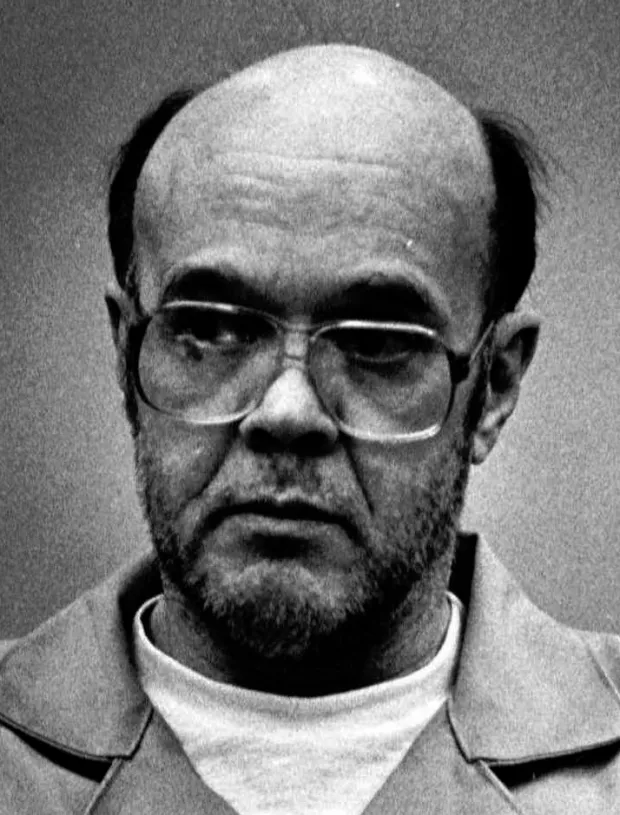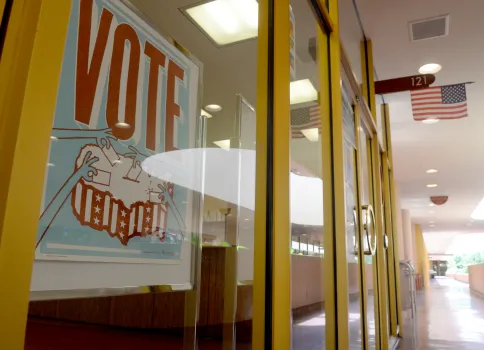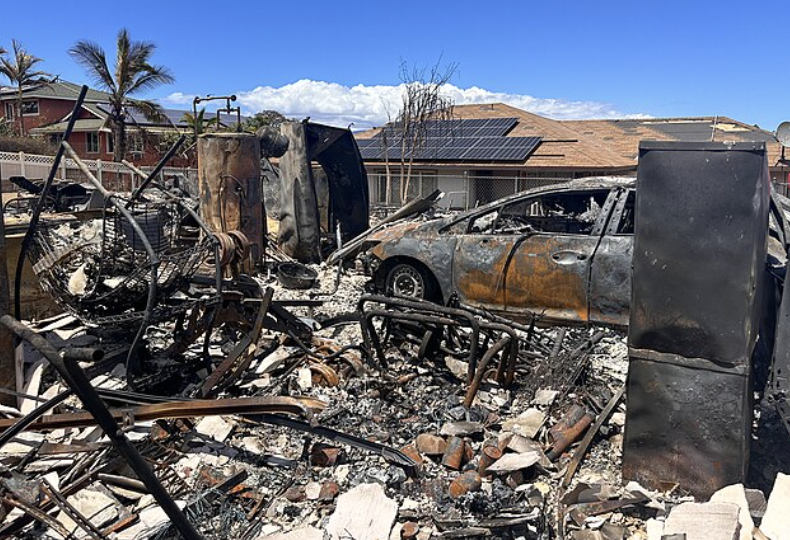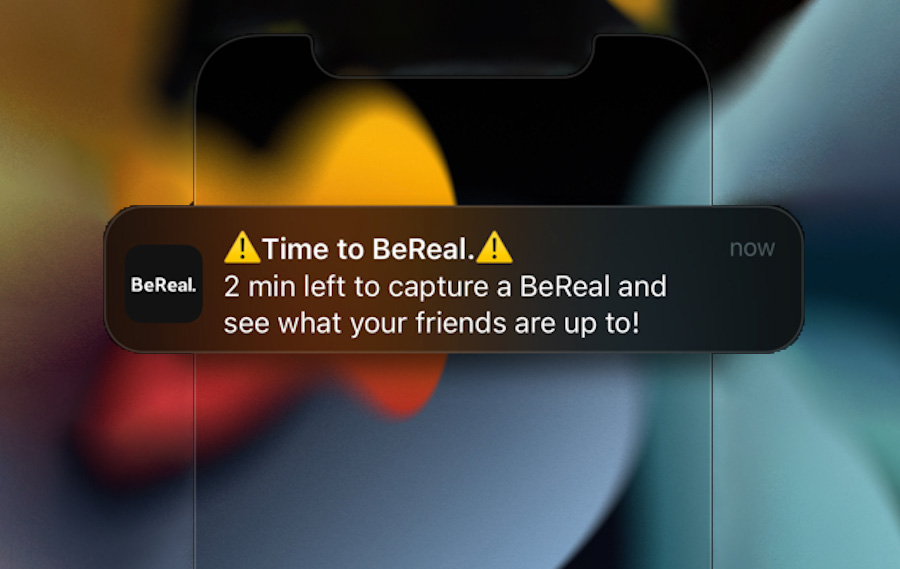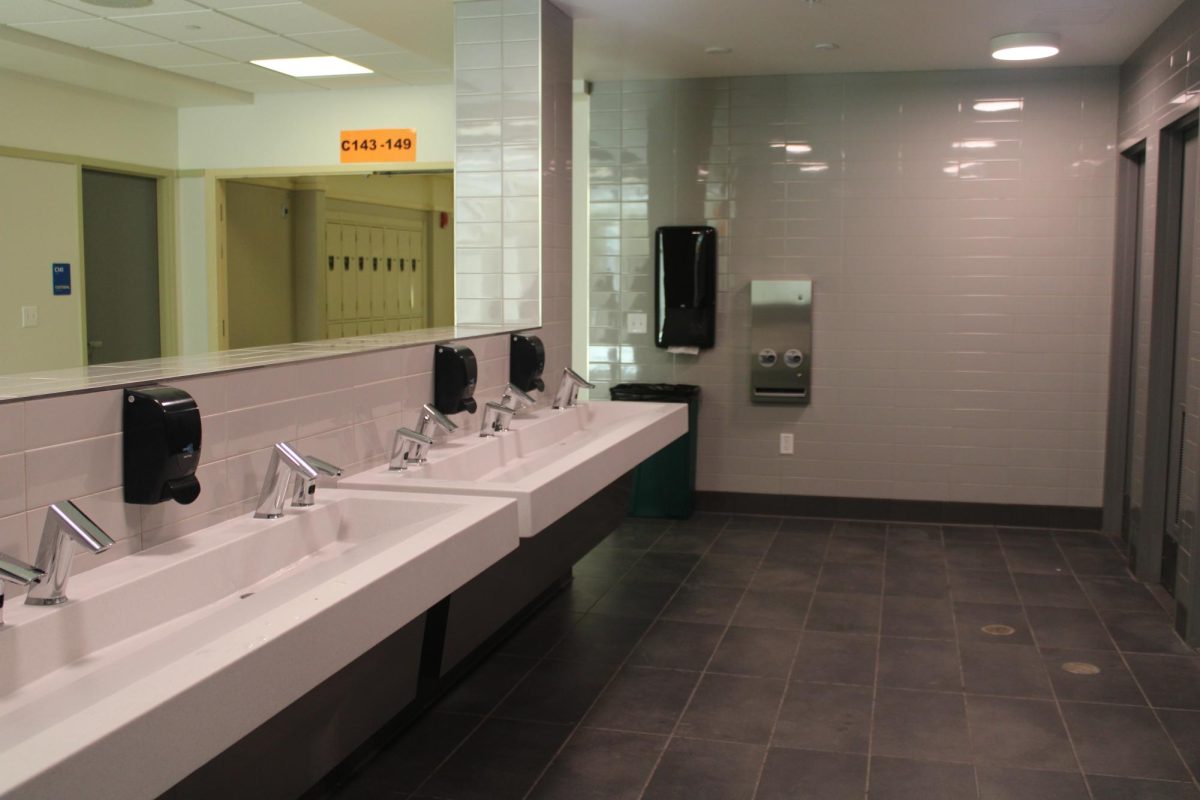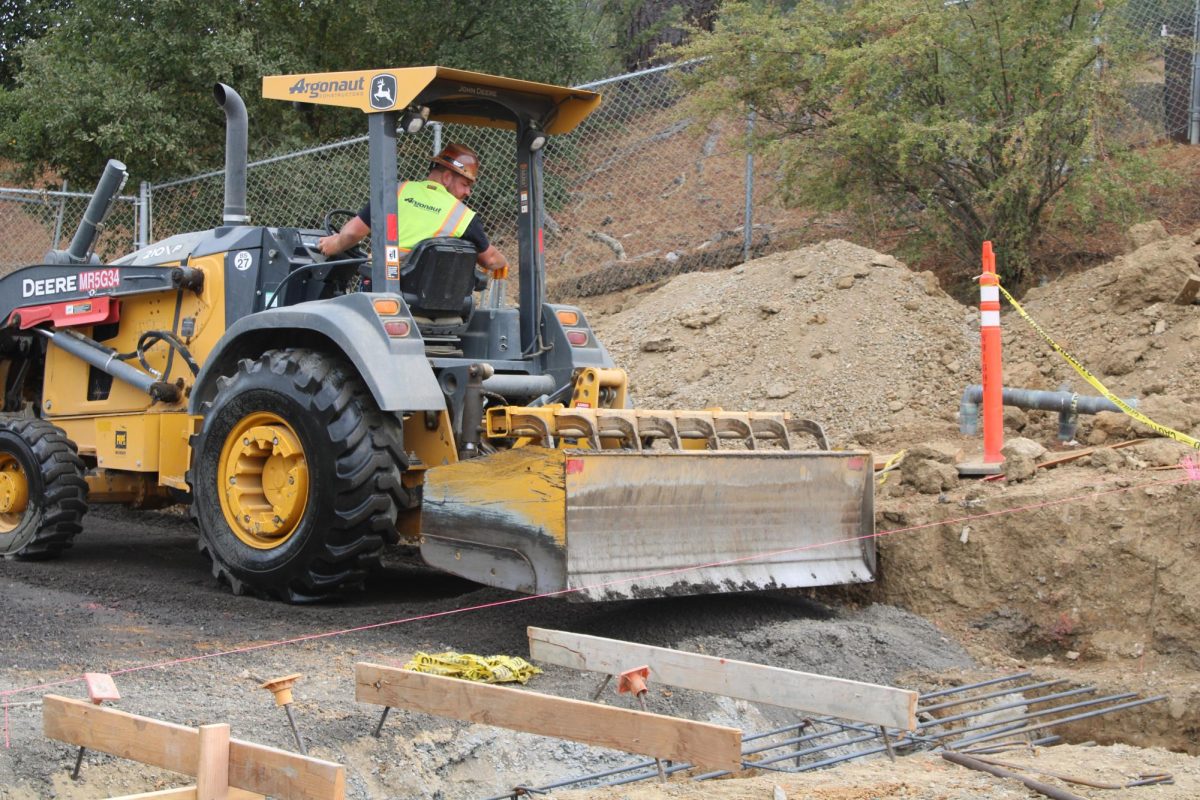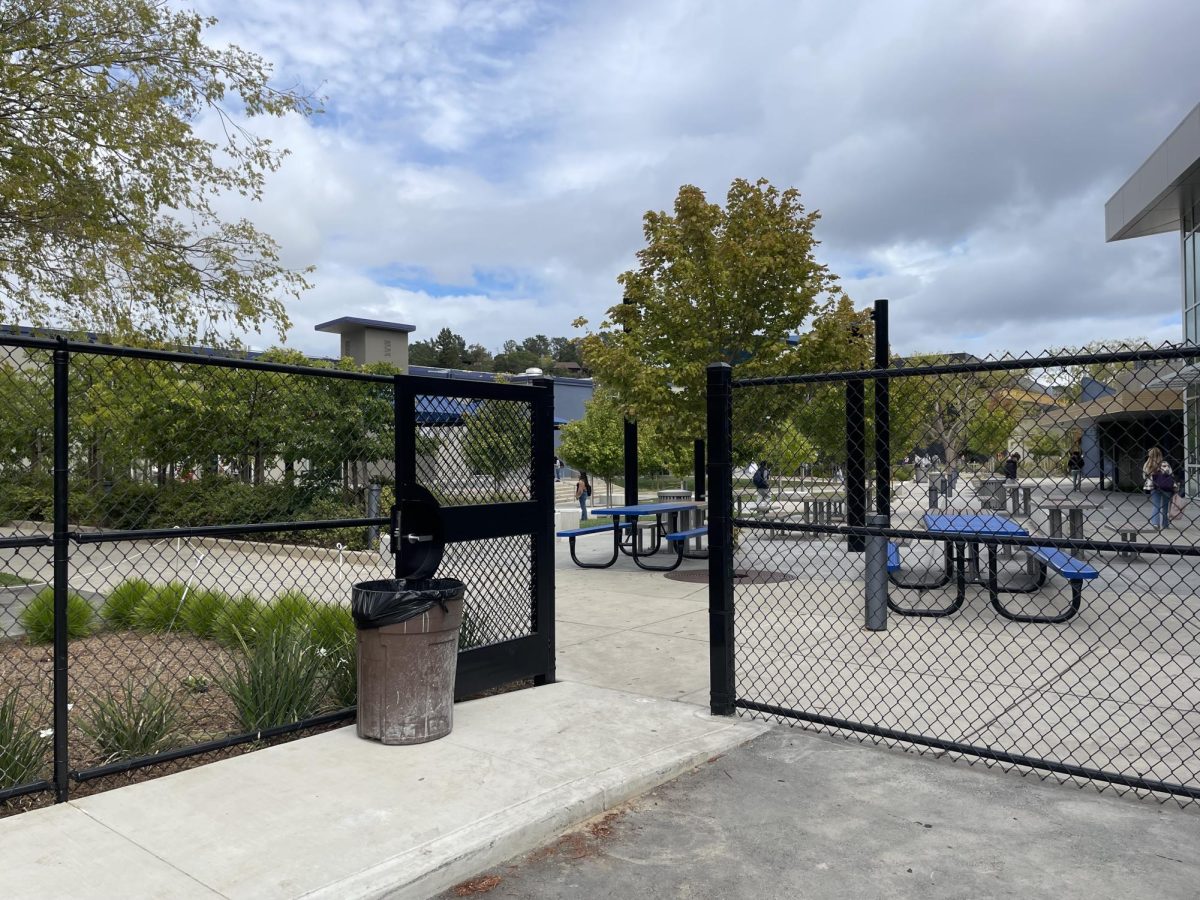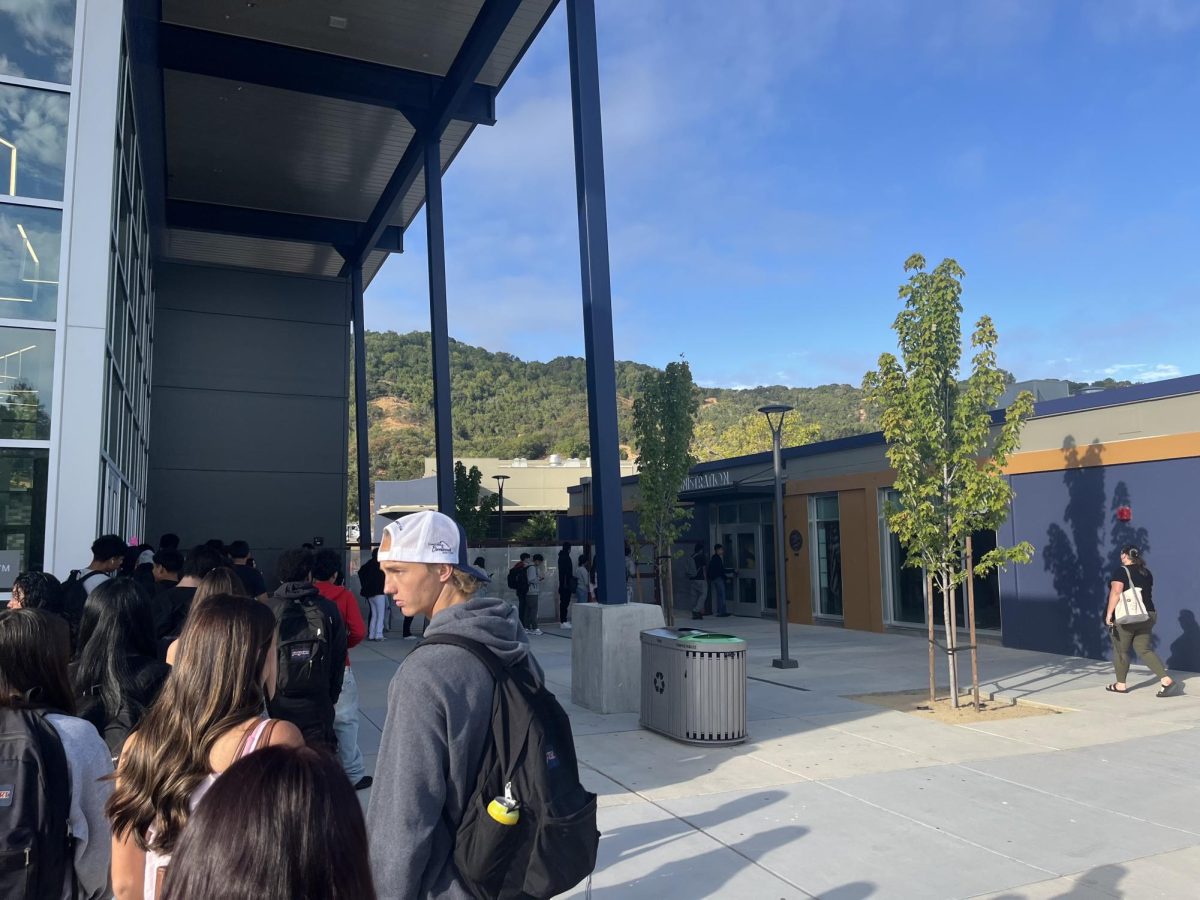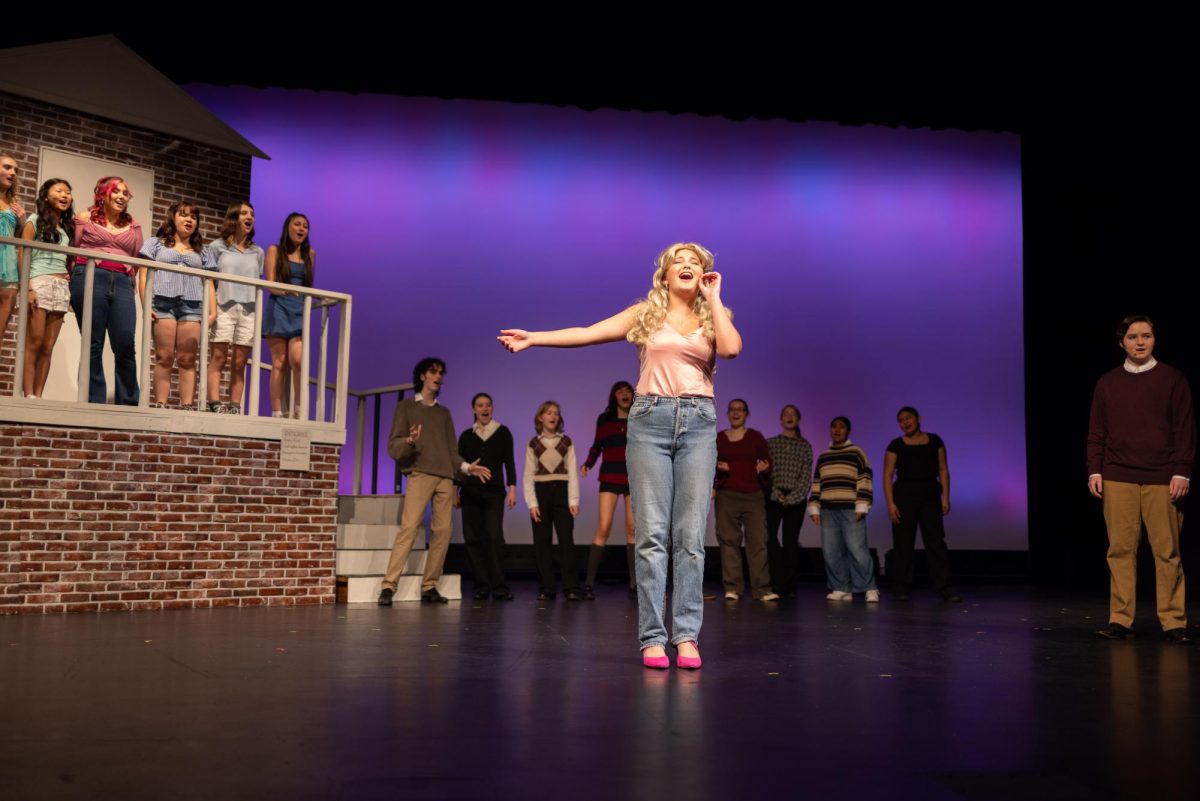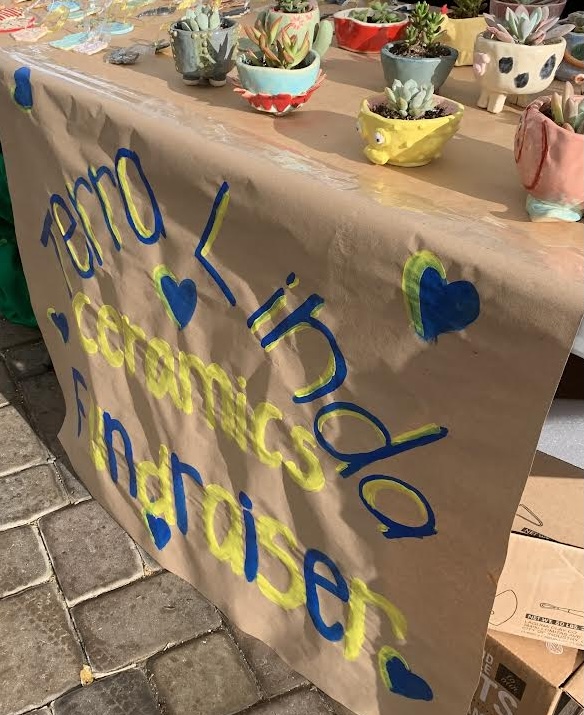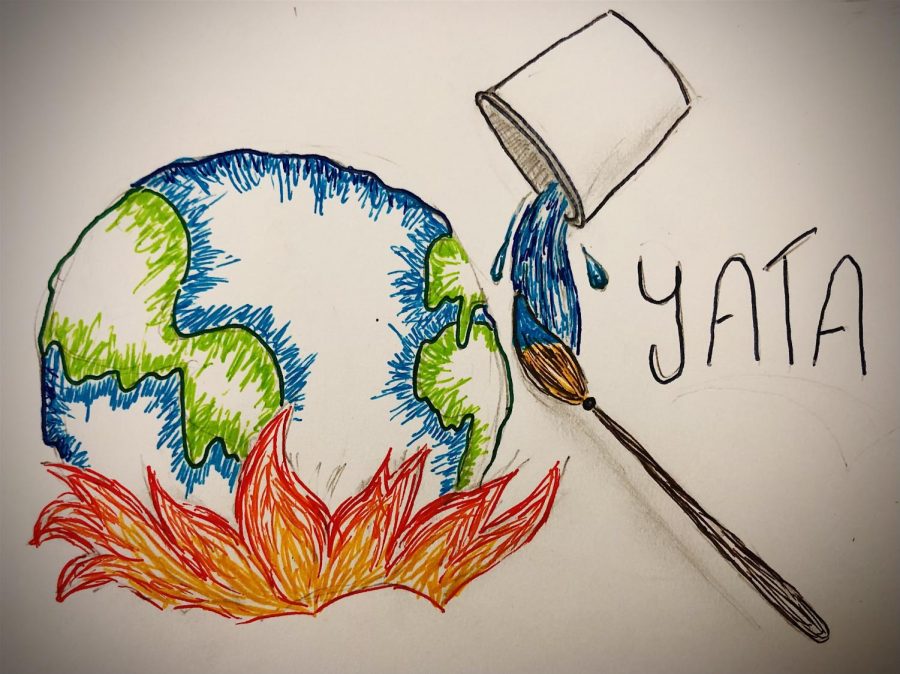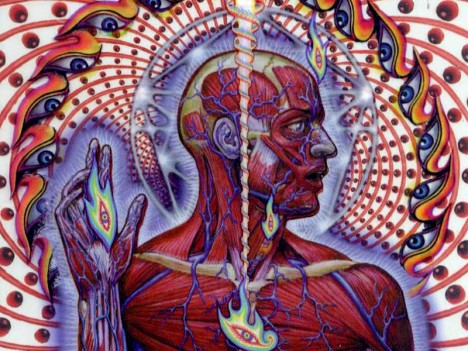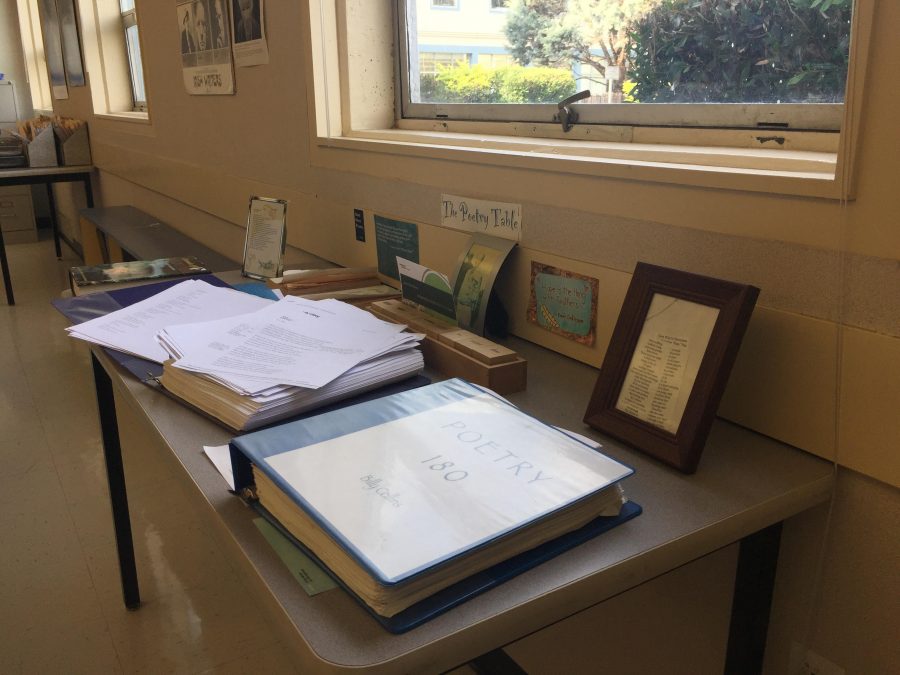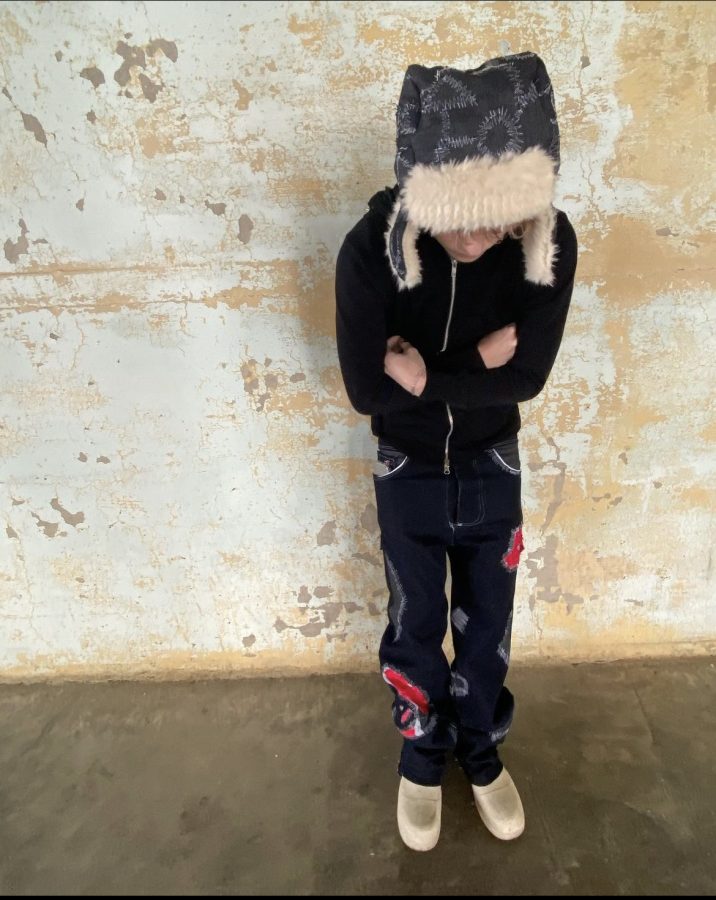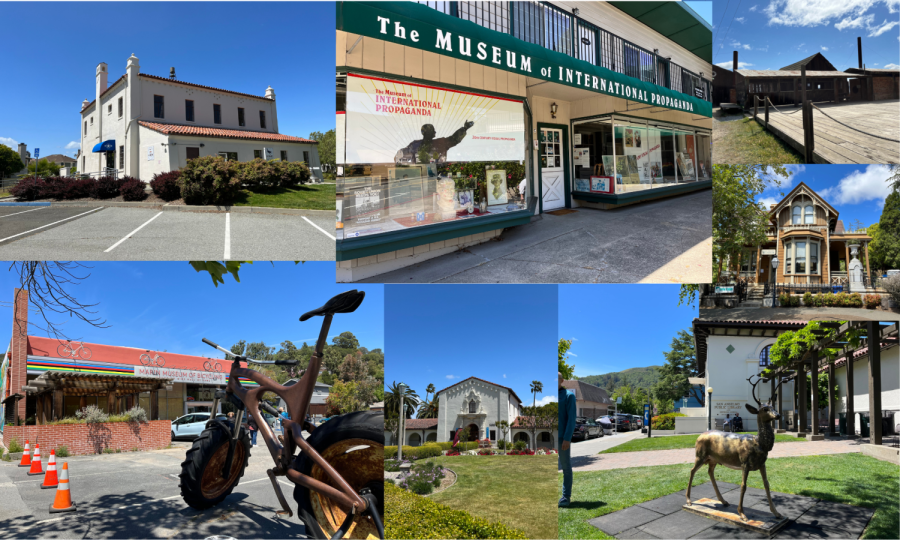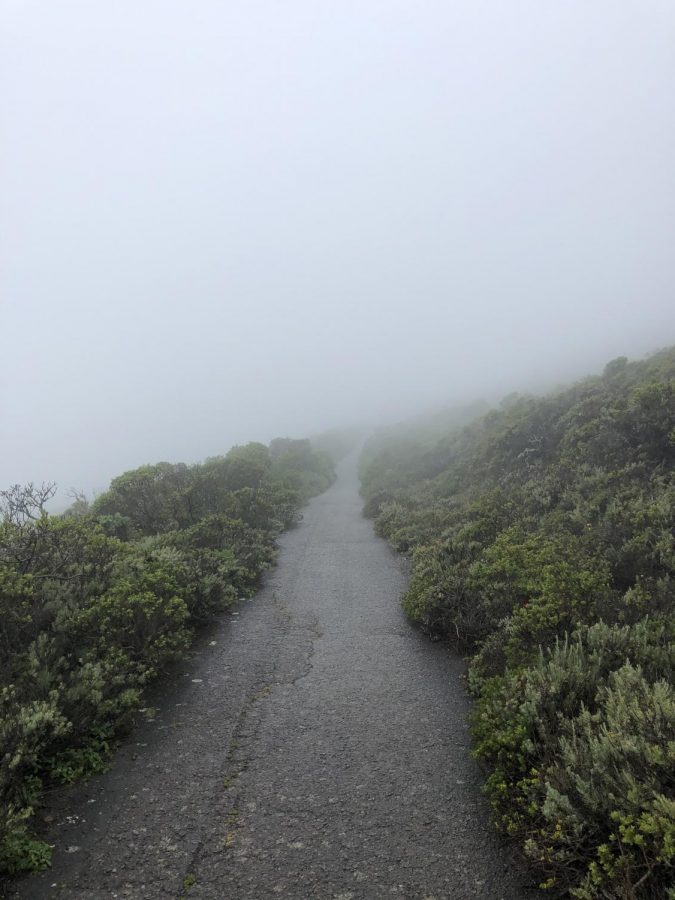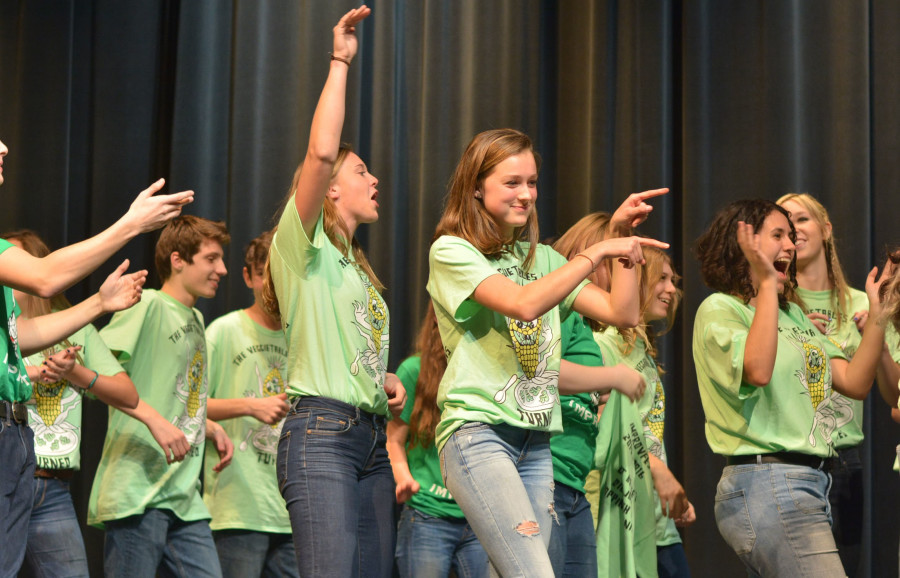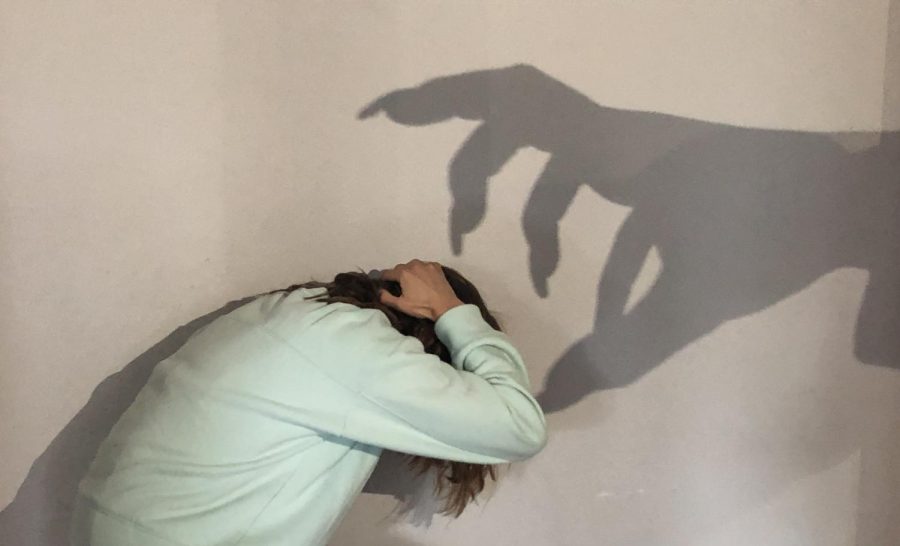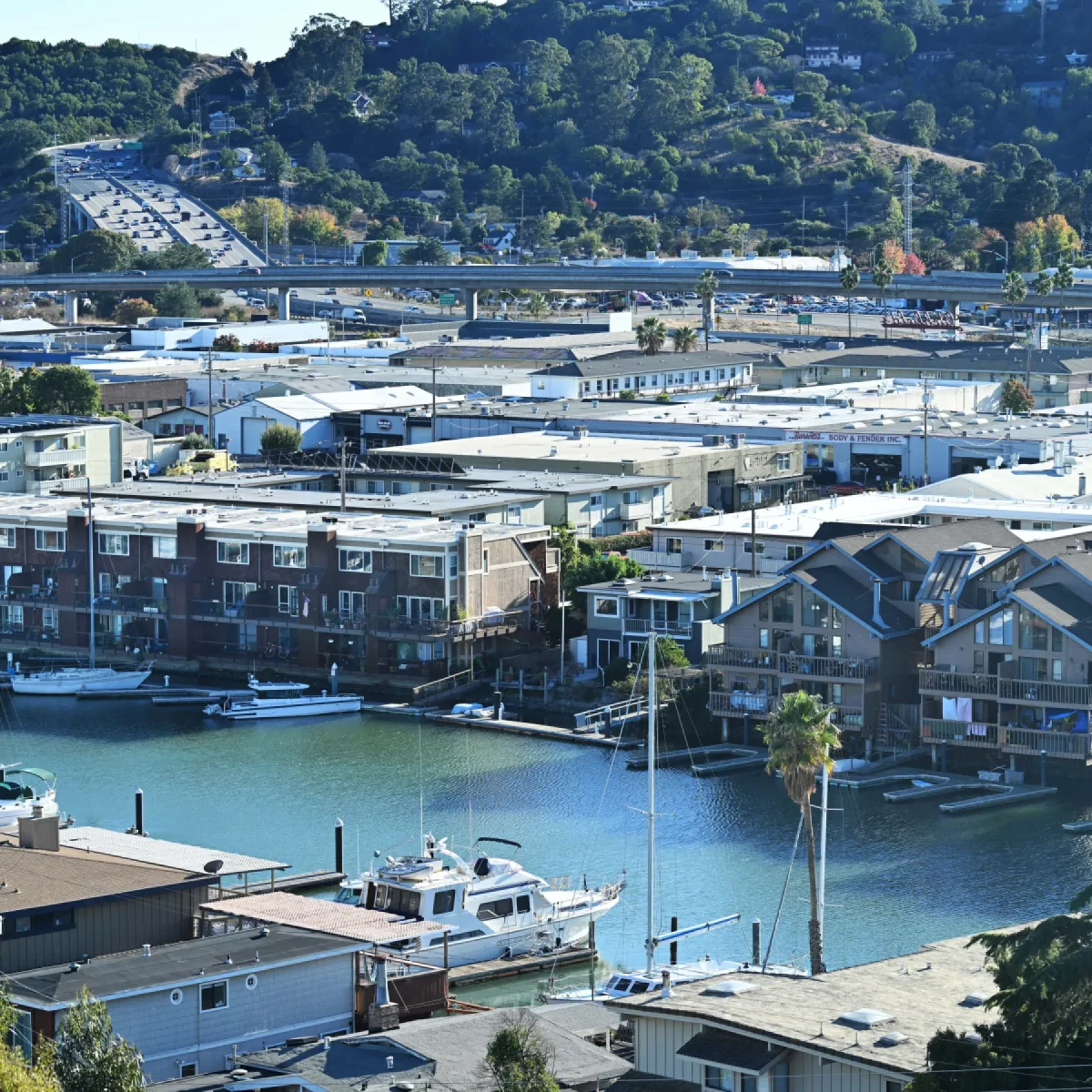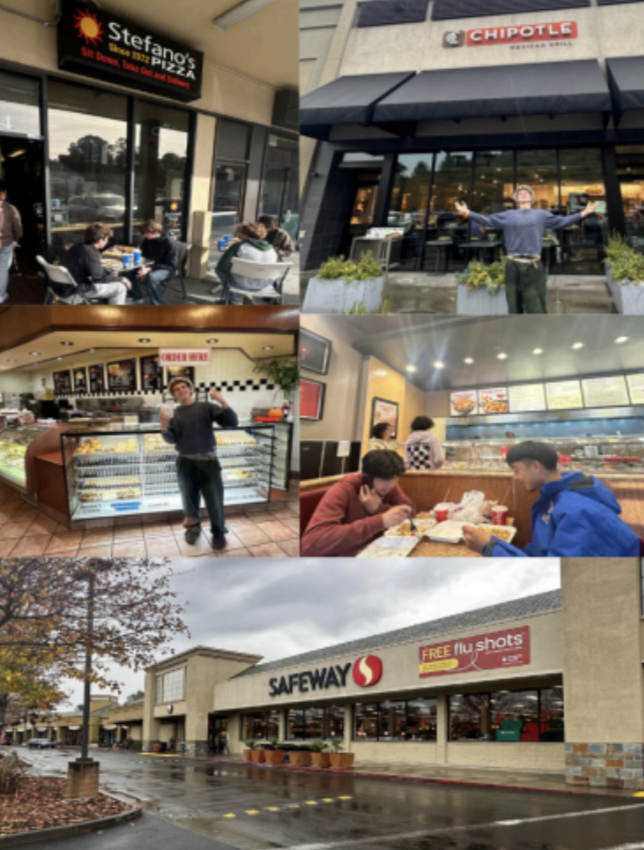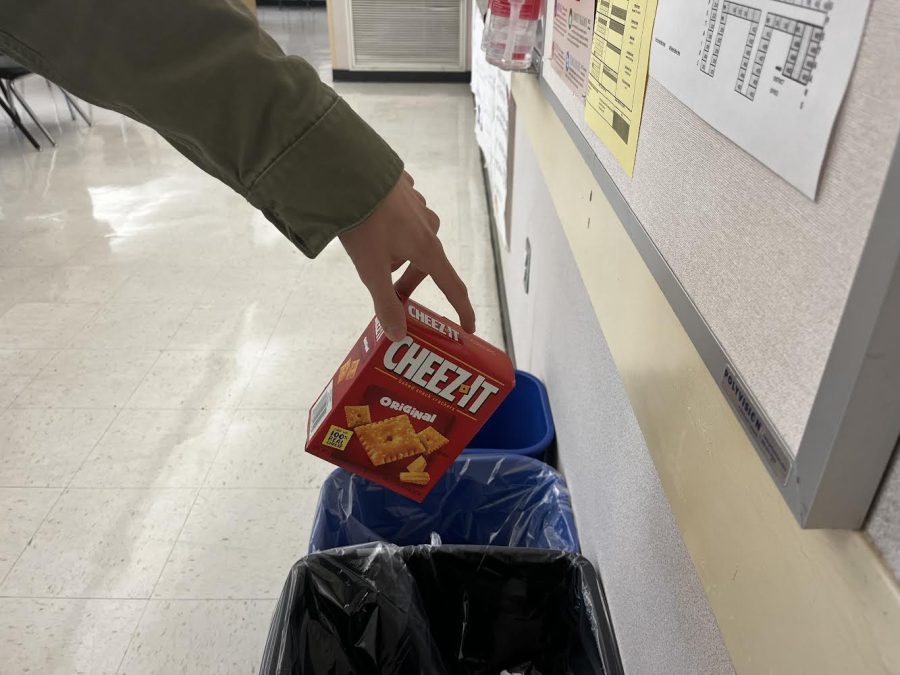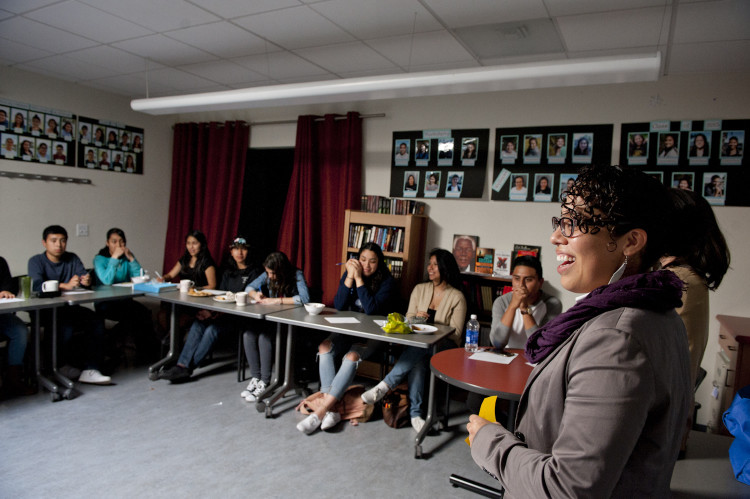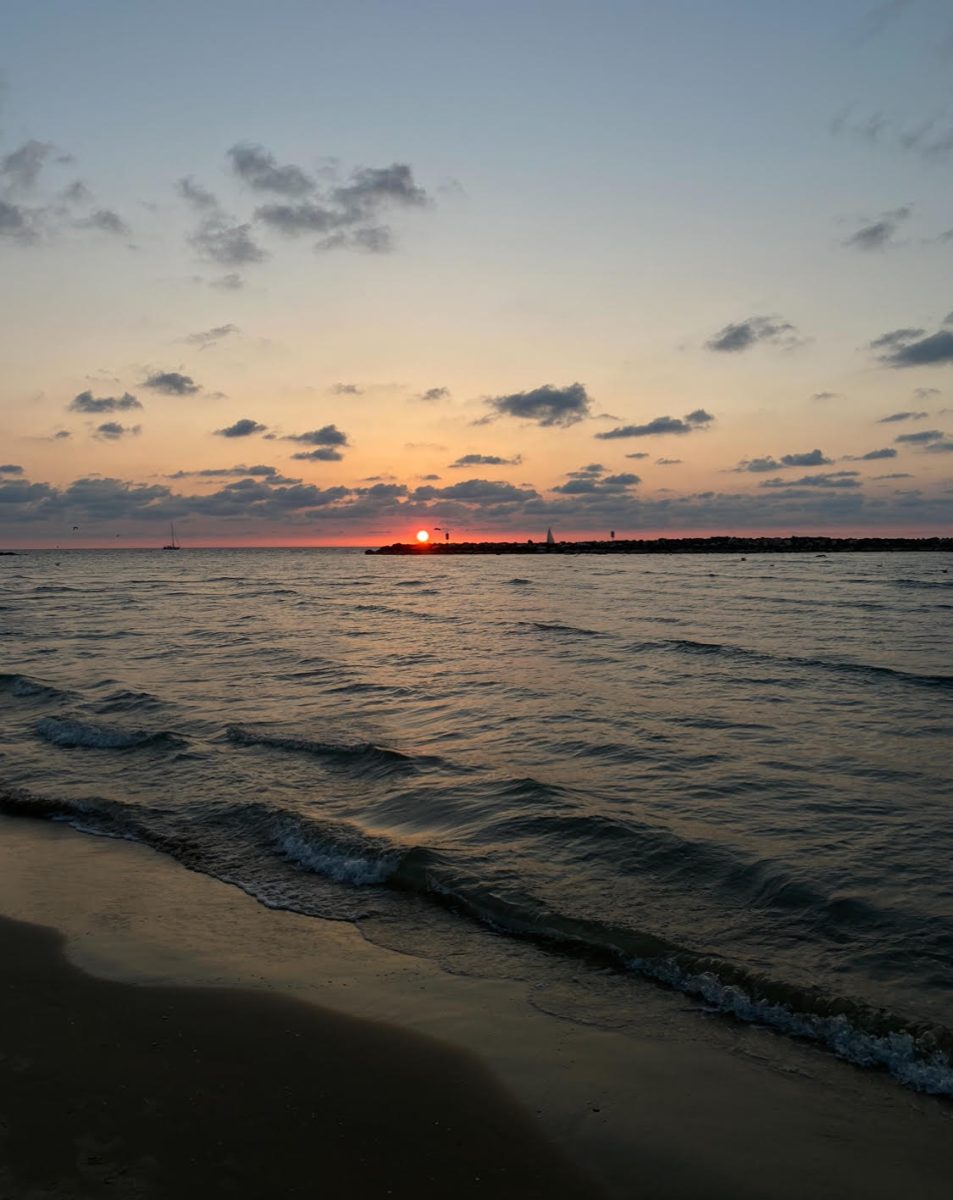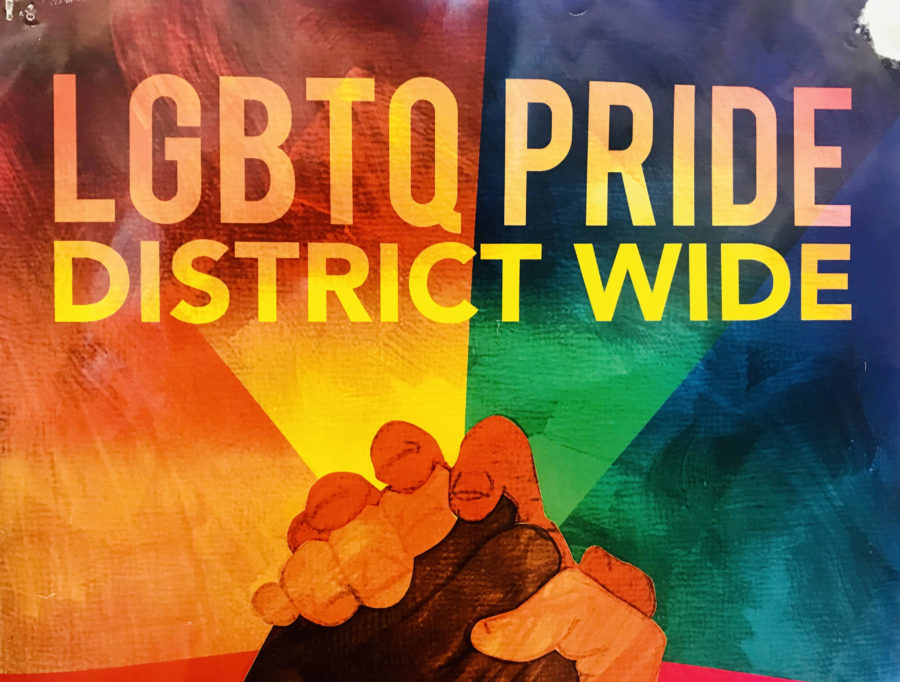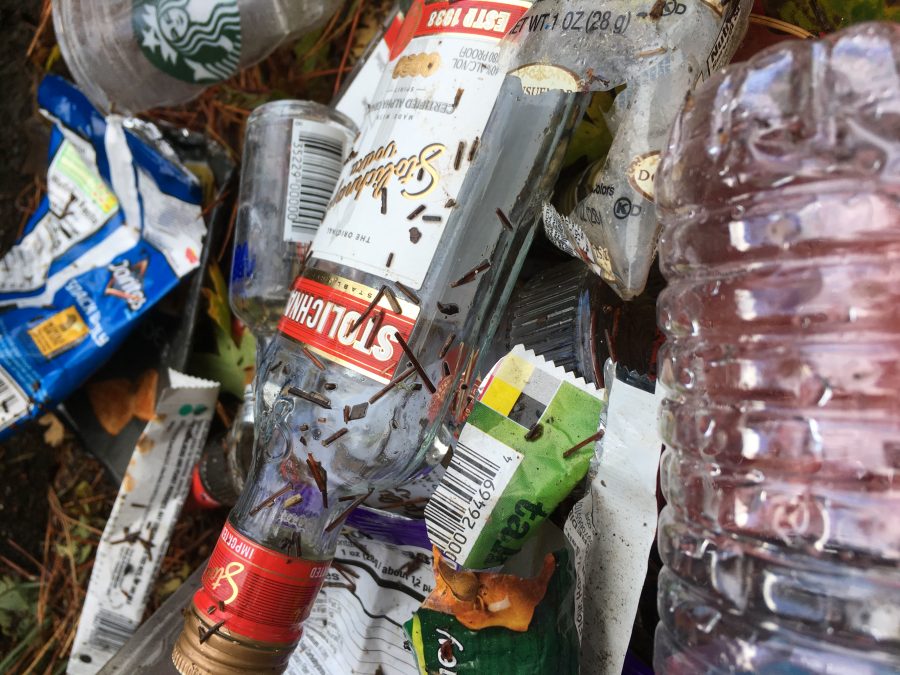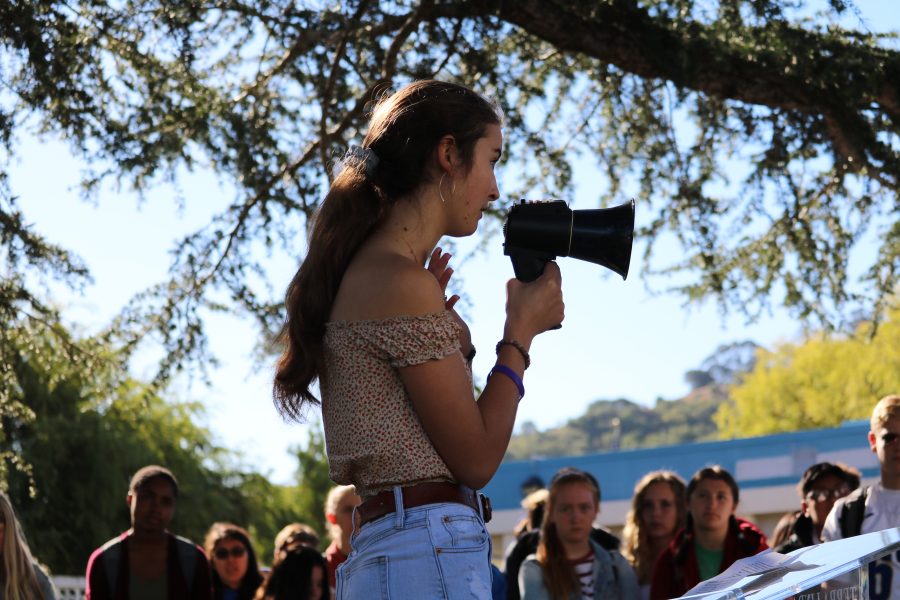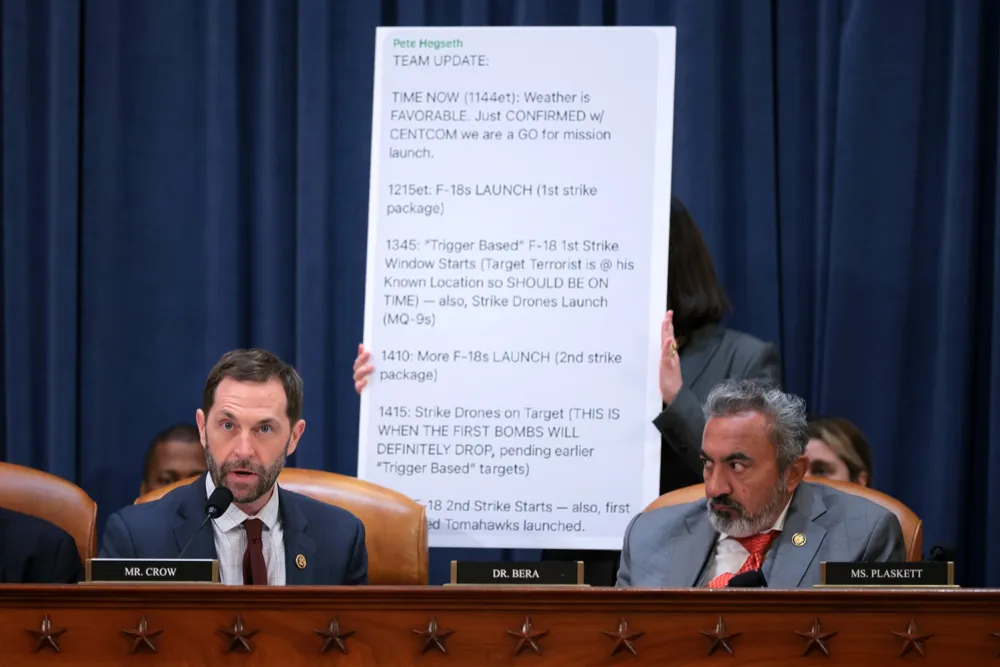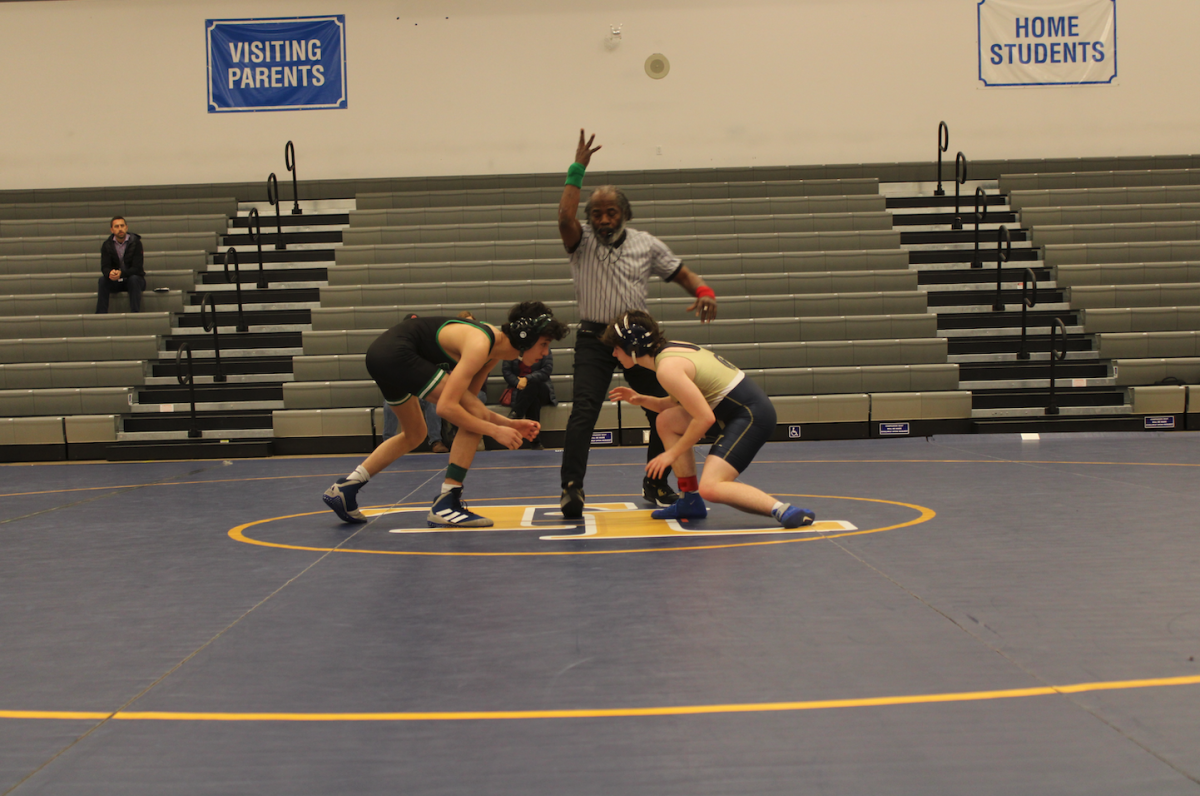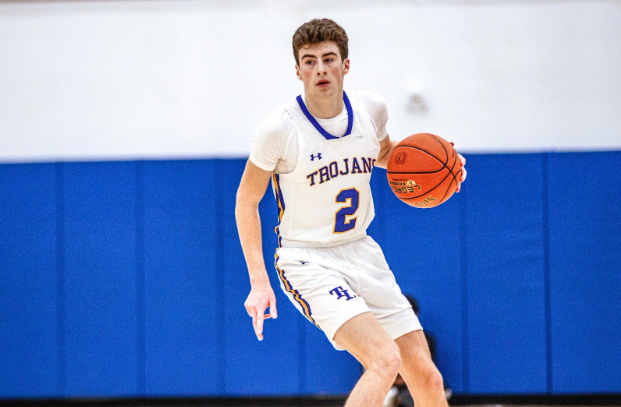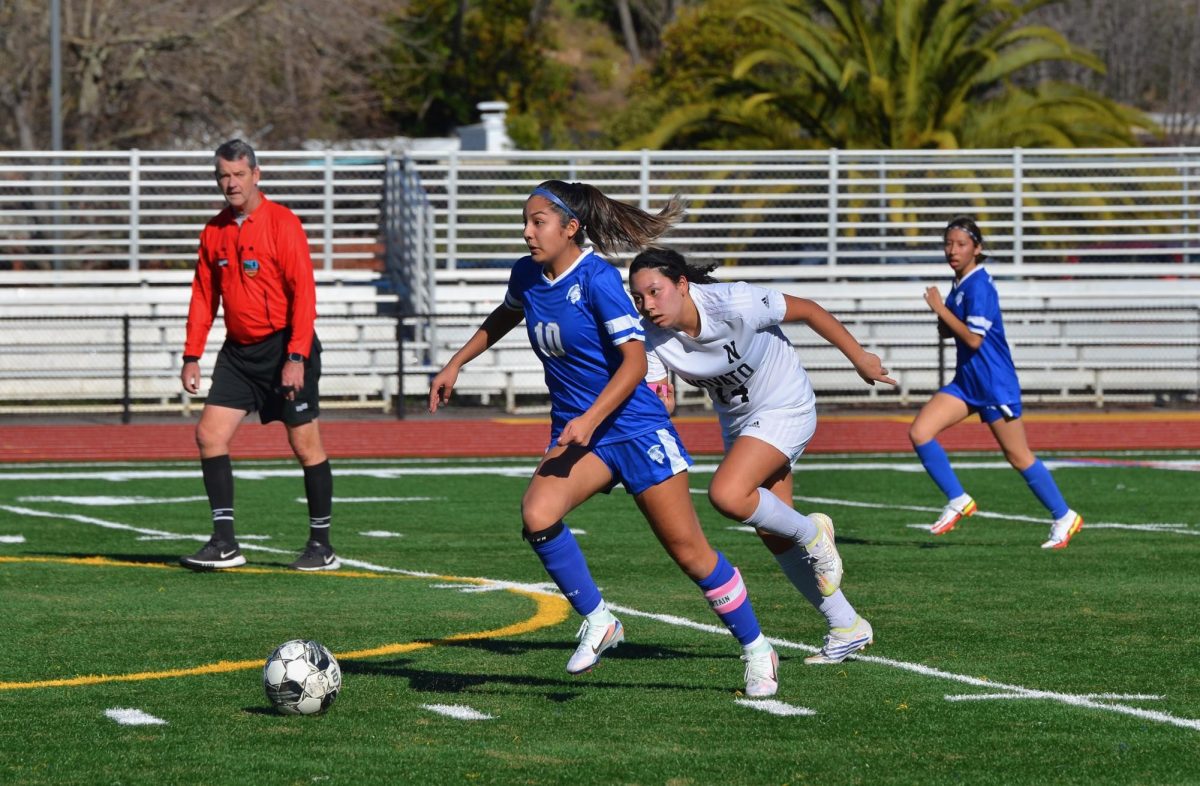Hundred-mile-per-hour winds and wildfires burned through the city of Los Angeles beginning on January 7th, 2025, and lasting for nearly a month. Over 170,000 people were evacuated, and tens of thousands more were under warning. There have been twenty-seven reported deaths and at least thirty-one people missing. In total, there have been five major fires, Palisades, Eaton, Hurst, Sunset, and the Auto fires. The two largest blazes, the Palisades and Eaton fires are “among the most deadly and destructive blazes in California history,” according to the New York Times. Additionally, Palisades, Eaton, and Hurst combined have burned an area larger than Paris, France, which is 213,011 mi². There is no clear reason as to how the fires began, although many assume arsonists. However, their rapid spread was due to a variety of factors.
The Santa Ana winds took on most of the blame, and have been known to escalate fires in the past. These winds pass through Southern California annually, particularly during the winter. The winds originate from the highly pressurized air masses of the Great Basin, a region where many bodies of water known as “drains” collect precipitation and prevent it from reaching the Pacific Coast, which the Santa Ana winds reach. The winds pass through Ventura, Los Angeles County, and San Fernando Valley, all of which were affected by fires. Not only are these winds very strong, but they’re also extremely dry, creating low humidity that further provides an opportunity for fire.
Another cause, specifically in Pacific Palisades, is an empty water reservoir. When the Palisades wildfire began, the Santa Ynez Reservoir was out of commission for repairs, since February, according to the Los Angeles Times. This meant that a 117 million-gallon water storage complex was entirely dry for almost a year. This proved to be an issue, and by three a.m. on January 8th, Pacific Palisades’ three-one million gallon water tanks were completely out of water. The same day, it was reported that several fire hydrants in Pacific Palisades went dry, which also made it extremely difficult for firefighters to combat the fires since they had no source of water. Currently, the Palisades fire is 100% contained and has destroyed over 22,713 acres of land.
The Eaton fire, located in Altadena LA, is also 100% contained, and burned over 14,000 acres. It was reported that a major electrical transmission line was not shut off in the area on January 7th, the day the Eaton fire began. The line had not been turned off since the wind speeds were “not high enough,” according to the company, Southern California Edison. Though they claim not to be the cause of the fire, the company is now being both investigated by the fire department and sued by a fire victim.
California leaders were also accused of spreading the fires. Los Angeles’ mayor, Karen Bass, particularly faced much criticism. When the fires broke out, Bass was in Ghana. She broke an oath stating she would not travel abroad during her time as mayor and wasn’t immediately present in LA to face the fires. Bass also previously cut budgets in the Los Angeles Fire Department.
Views of California Governor Gavin Newsom are conflicting in the state. On the positive side, Newsom issued several executive orders in the face of the fires, such as waving permit costs in LA and providing tax relief for wildfire victims. These orders will make rebuilding lost neighborhoods in LA easier. Even so, a Daily Mail poll reports that nearly half of California believes Newsom is at least partially to blame for the fires. This is mainly due to the overall negligence of the Santa Ynez Reservoir and California’s budget cuts. For more context, it has been confirmed that Newsom cut over 100 million dollars in funding toward wildfire and forest resilience months before the LA wildfires.
In all this terror, there has been some hope. The Sunset fire, which had raged through the Hollywood Hills, is 100% contained. So is the Hurst fire, located in the San Fernando Valley, as well as the Auto fire in Ventura.
In addition to the countless firefighters who’ve fought to limit the spread of the situation, there have been many unexpected heroes. 65-year-old John Carr, a resident of Pacific Palisades, managed to save his house as well as two of his neighbors on January 7th. He ignored evacuation orders and fought against the deadly wildfires to save the home that his parents had passed down to him. Currently, there are very few houses still standing in his neighborhood, besides the three Carr saved. In addition to Carr, there are many individuals who’ve personally fought against the fires and countless others offering donations in support. Not to mention the many individuals who opened shelters for fire victims, as well as rescue groups, who saved people and animals who’d been left behind. The endless support of LA residents through this tough time was phenomenal.
Though further north, Terra Linda High School has students and staff whose loved ones have been affected by the fires. “My great-uncle passed away in the LA fires,” shared sophomore Lucy Egan. Additionally, Libby Ngo ‘27 said “My brother goes to UCLA. He really started to panic when people from his school started leaving as the fires got worse, and he also ended up going back home before an evacuation order was put in place. Right now he’s using Zoom for school.” There are no words to express the grief and worry of anyone who has been affected by the fires. Terra Linda High School extends heartfelt sympathies toward everyone at this time.
UPDATE: All fires have been contained
If you wish to make donations towards the LA fires please visit redcross.org, call 1-800-RED CROSS (800-733-2767) or text the word CAWILDFIRES to 90999.


